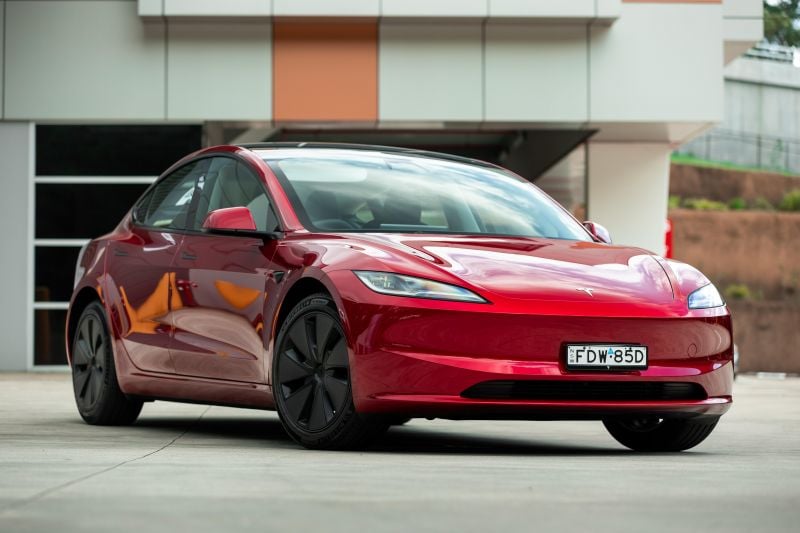There are more ways to keep yourself in nice cars than paying outright or taking out a secured loan. One increasingly talked-about method is the novated lease.
A novated lease is a three-way agreement between you, your employer, and a finance or leasing company that can significantly reduce your tax obligations.
It’s a form of salary sacrificing, whereby your new (or occasionally used) vehicle payments are deducted from your pay before the tax office takes its cut. This lowers your tax obligations.
While this technically means your employer is paying your lease before taking it back from you, it still allows 100 per cent personal use of the vehicle. This fact also means you should skirt paying GST because your employer can claim an input tax credit before billing you.
Most novated leases you see advertised are ‘fully maintained’ with a set lease period and a pre-determined expected annual mileage. This means vehicle payments are bundled up with running costs such as insurance, servicing, fuelling or charging, tyres, registration and all the rest.
For many buyers who aren’t necessarily car enthusiasts keen on modifying their ride, this is ideal. A single payment at predictable intervals, with no surprise rego or insurance bills.
Say, for example, you earn $100,000 per year before tax. And say the annual payments over the fully maintained novated lease are $10,000 per year. This would reduce your taxable income to $90,000.
According to the ATO, a pre-tax salary of $100,000 will be taxed roughly $23,000, whereas a $90,000 salary will be taxed around $19,700. Making lease payments before tax is deducted reduces your obligations by $3300 per annum or $16,500 over a five-year lease period.
While five years is the period chosen in this example, generally novated lease providers let you opt for three- or four-year leases if you prefer. Regardless, that certainly helps offset the vehicle lease cost.
There are some less obvious considerations of course. Because a novated lease is considered a fringe benefit, your employer needs to pay fringe-benefits tax (FBT), which it would generally pass onto you. FBT is charged at 47 per cent, with the taxable value being 20 per cent of the car’s cost.
But the good news is if you’re willing to buy an electric car or plug-in hybrid you need not worry about this, with the government having made these cars (and their running costs) exempt from FBT obligations in a bid to increase uptake, so long as they cost less than the luxury car tax threshold ($89,332).
Without going into all the numbers, this could save you many more thousands of dollars. To give it some context, one novated leasing calculator we used said the monthly payments on a fully maintained Tesla Model 3 EV from a $100,000 salary would be ballpark those on a low-grade Mazda CX-5 petrol.
The policy is clearly working as intended, with one major leasing company telling investors that about half of all its novated leases are now EVs or PHEVs, compared to market-wide sales uptake of 7.5 per cent.
Now, we haven’t quite detailed all the costs yet. There’s a residual or balloon payment due at the end of the lease, which on a five-year lease is about 28 per cent of the vehicle price.
You can either pay this and keep the car, refinance the amount, or trade-in the car and trade-up into another lease.
You may also be wondering what happens if you leave your job, since a novated lease requires the cooperation of your employer.
Novated leases are transferable should your new employer be willing to take it on – perhaps bring this up in your job interview – or alternatively you can start making the lease payments directly without the salary packaging element. Or you can just pay out the remaining lease obligations, the residual, and potentially exit fees.
So, should you consider a novated lease? The boring answer is, as ever, that we aren’t offering definitive financial advice and would encourage you to do your due diligence and seek your own financial advice about novated leasing specific to your situation.
But no matter the car you want this can be a convenient way to procure it, especially if you add running costs into the salary sacrificing equation. Where this sort of lease truly shines is if you’re keen on an EV or PHEV, because those FBT savings add up. Tax breaks are only useful if you use them!



